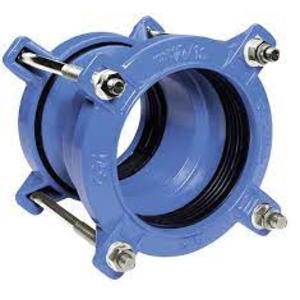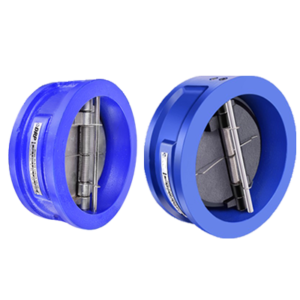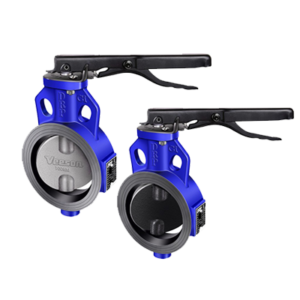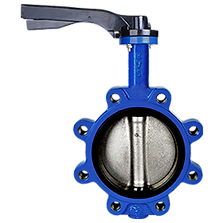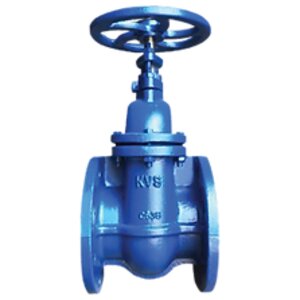CAST IRON UNIVERSAL COUPLING
- Material:
- Body: Cast Iron (usually ASTM A126 Class B or equivalent)
- Gaskets: Usually made of rubber (EPDM, NBR, etc.) for sealing purposes.
- Design:
- The universal coupling typically consists of two halves, each with a gasket inside to provide a seal between the pipes.
- The halves are connected together using bolts and nuts, which are tightened to create a secure connection.
- Classification:
- Universal couplings are classified based on their size, pressure rating, and intended application.
- Size: Available in various sizes to accommodate different pipe diameters, ranging from small sizes (e.g., 1 inch) to larger sizes (e.g., 24 inches or more).
- Pressure Rating: Rated for specific pressure ratings depending on the size, material, and application requirements.
- Description:
- Universal couplings are designed to provide a flexible and versatile solution for connecting pipes that may have variations in size, material, or end type.
- They are commonly used in plumbing, irrigation, and industrial applications where pipes need to be joined securely, even if they have slight differences in diameter or end type.
- The flexibility of universal couplings allows for some misalignment between pipes and can accommodate thermal expansion and contraction.
- Universal couplings are typically installed using basic hand tools, and no special equipment is required for assembly.
- They provide a leak-tight seal, preventing fluid leakage and ensuring the integrity of the piping system.
- Standards Compliance:
- Universal couplings may be manufactured to meet or exceed relevant industry standards and specifications, such as ASTM, ANSI, AWWA, or others, depending on the application requirements and regional regulations.
